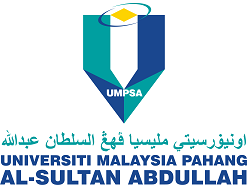Estimating the Small Strain Stiffness of Peat Soil Using Geophysical Methods
DOI:
https://doi.org/10.15282/http://dx.doi.org/10.15282/ijets.7.1.2020.1005Keywords:
Peat soil, shear-wave velocity, primary-wave velocity, stiffness, active MASW, seismic refraction, maximum shear modulus, maximum elastic modulusAbstract
Geotechnical design commonly requires that the in-situ stiffness, strength and permeability of the ground be obtained. Laboratory based investigation often related with risk of sample disturbance and difficulties to replicate the in-situ stress condition which results in overestimation or underestimation. Application of geophysical methods in geotechnical investigation previously was limited to targeting and dimensioning sub-surface features due to lack of resolution. However, rapid developments of geophysical methods result in the application of these methods in providing geotechnical design parameters. Multichannel analysis of surface waves (MASW) and seismic refraction were among the geophysical methods capable of obtaining stiffness parameters including the maximum shear modulus (Gmax) and maximum elastic modulus (Emax). The study revealed the efficiency of these methods to measure the small strain stiffness of peat soil with high accuracy as the results obtained were found to be similar to those obtained by previous researchers. Overall, the Gmax and Emax values of peat soil obtained range from 0.49 to 1.72 MPa and 1.46 to 5.15 MPa respectively. The Gmax and Emax values obtained shows significant increase with depth governed primarily by the effective stress. Other parameters such as degree of decomposition and peat thickness also shows potential influence on the Gmax and Emax values obtained.


